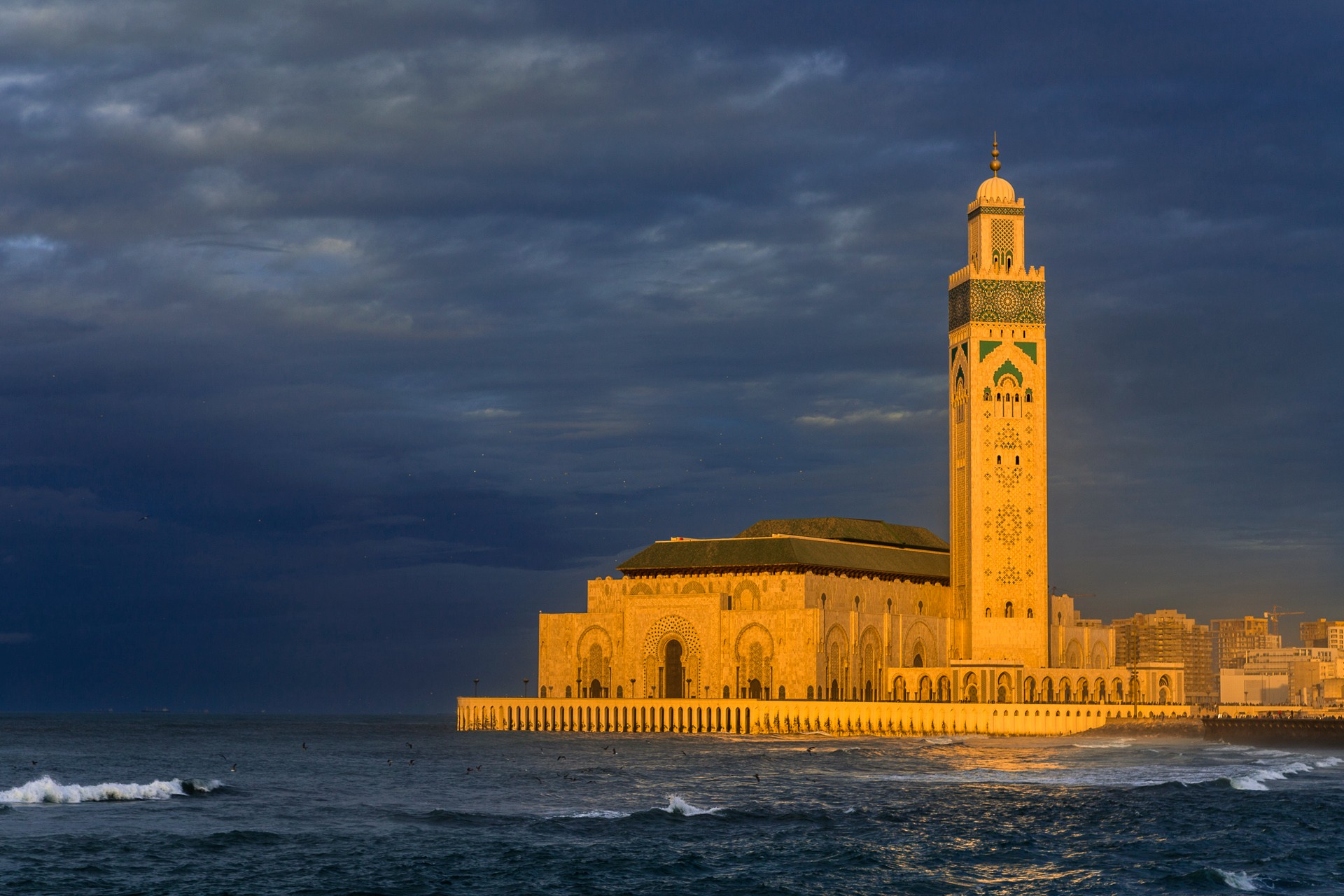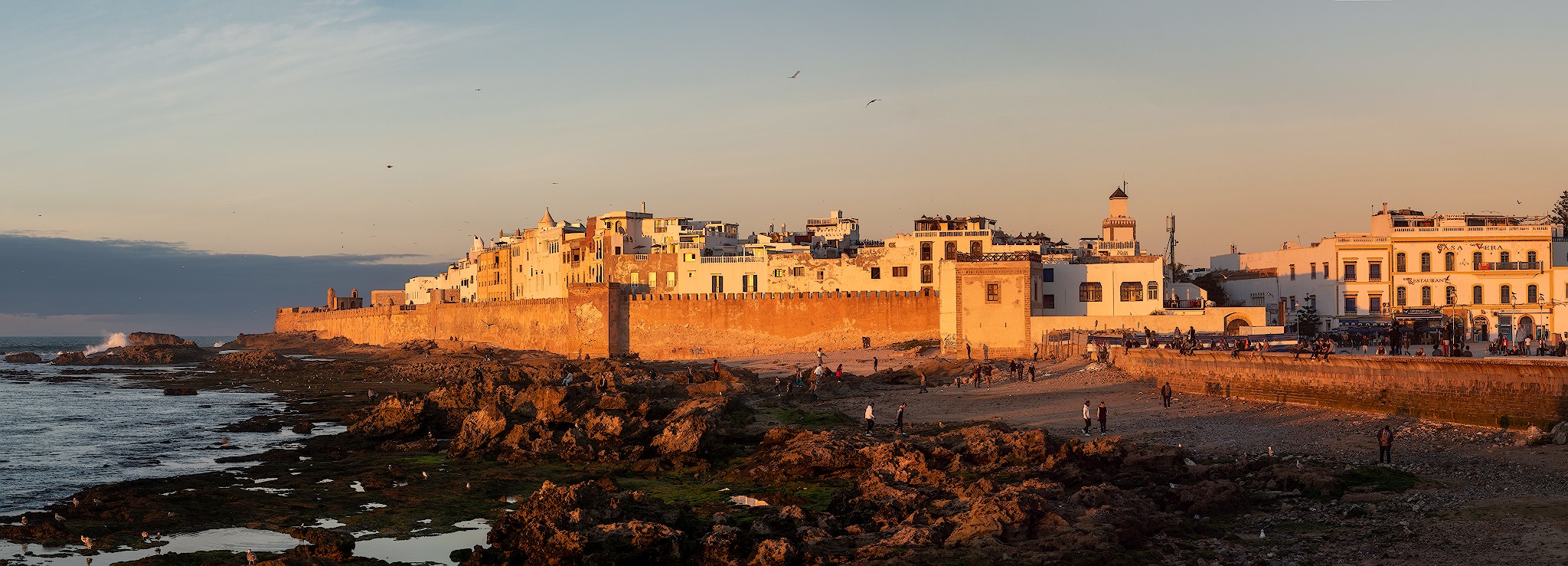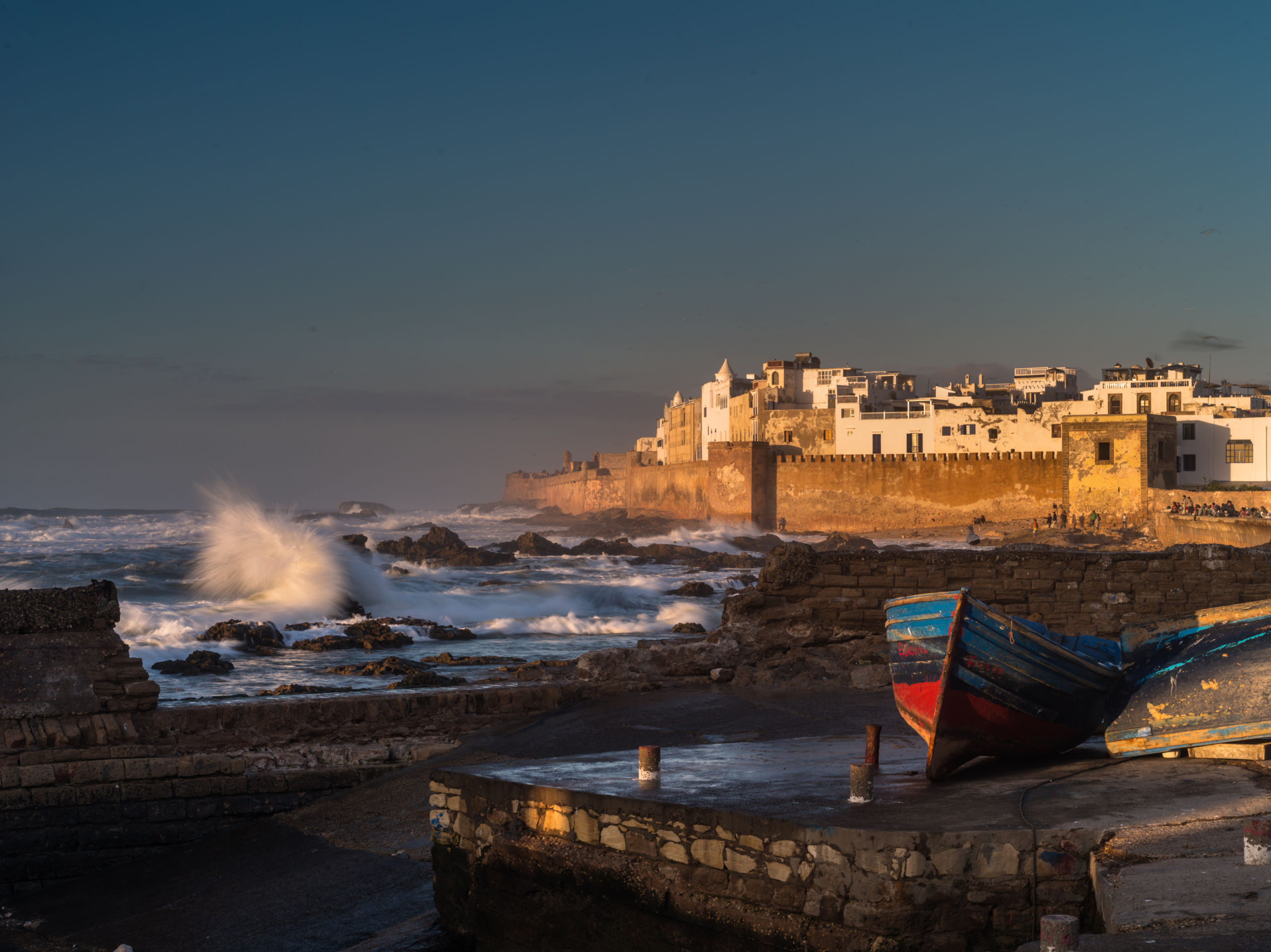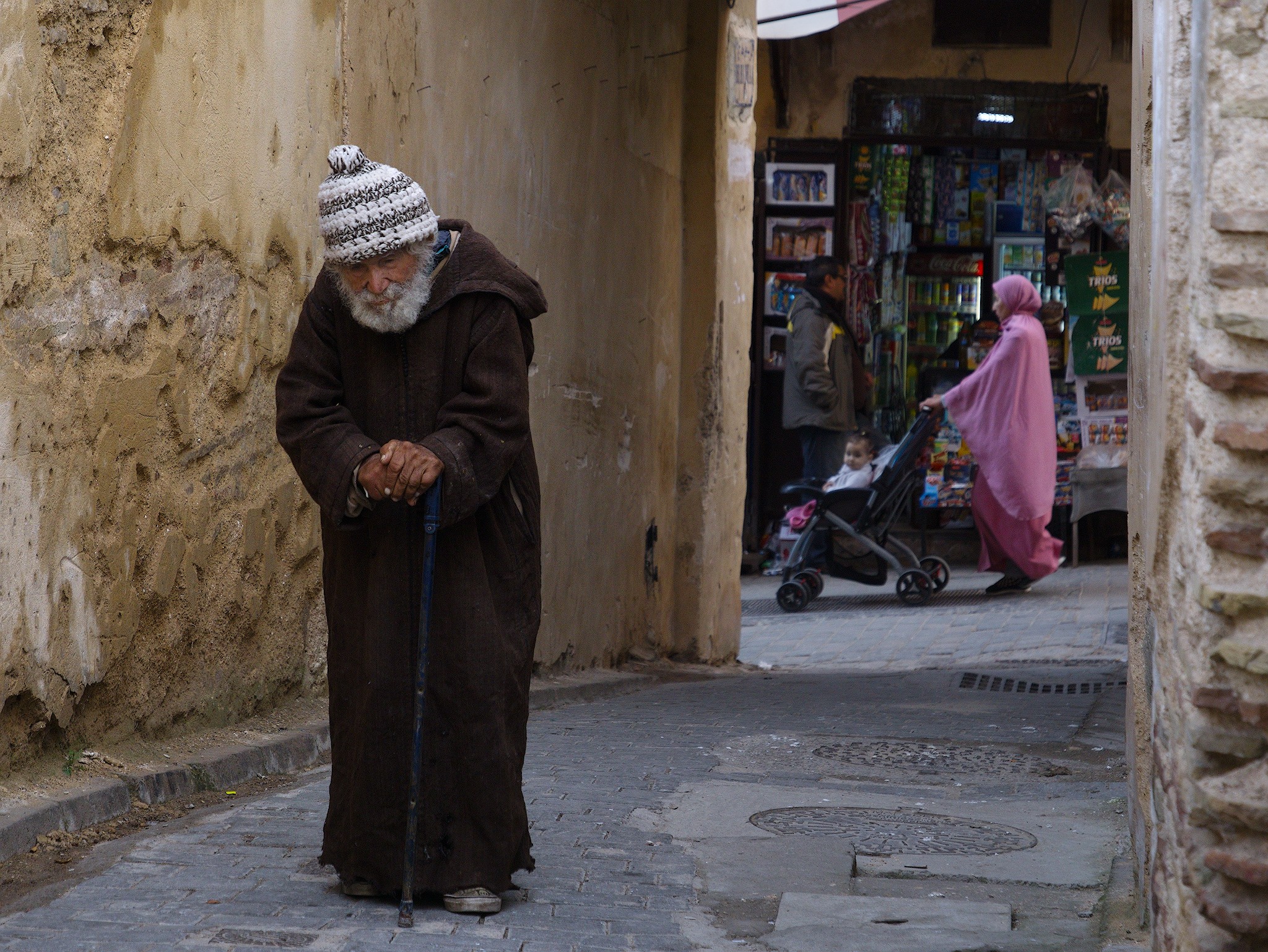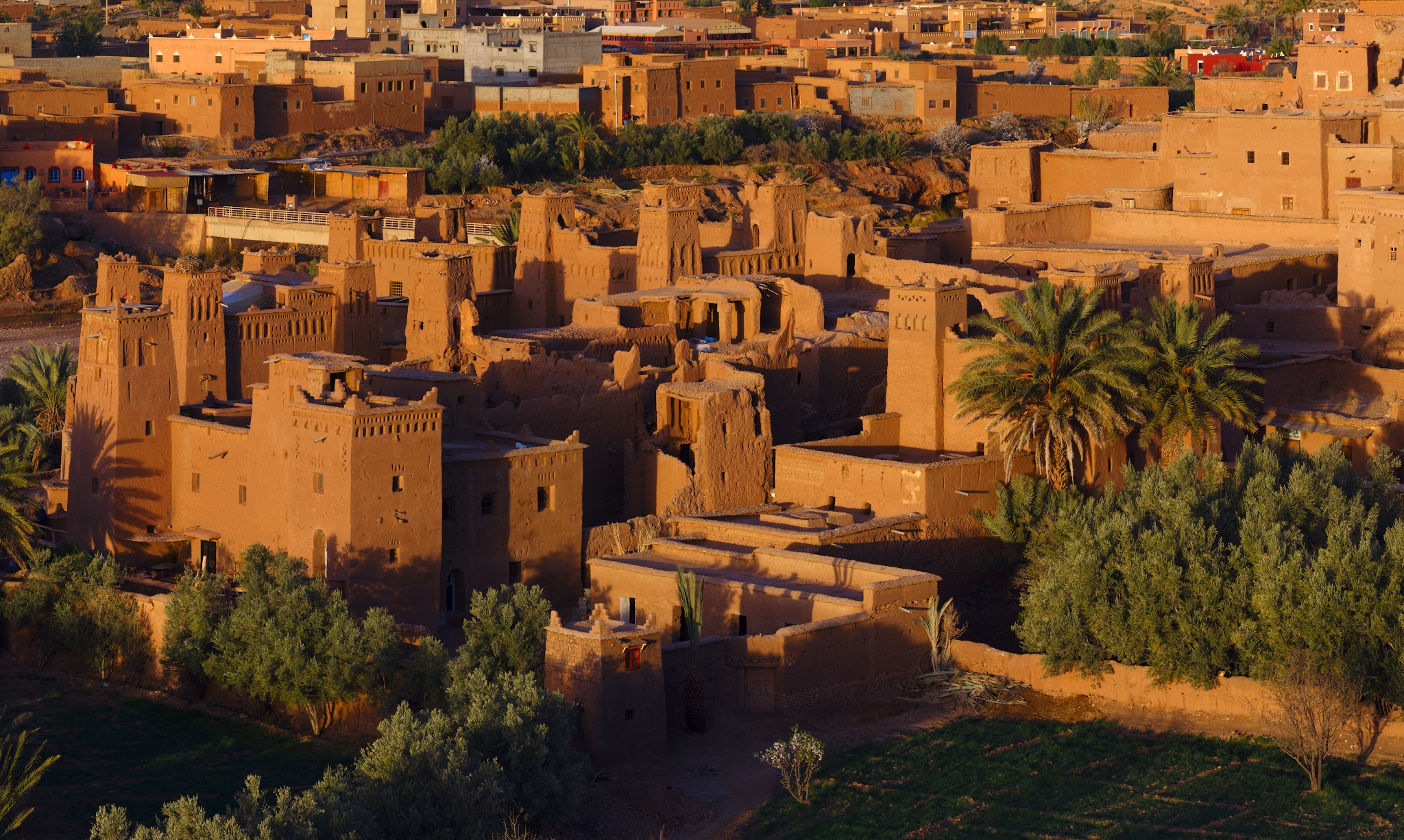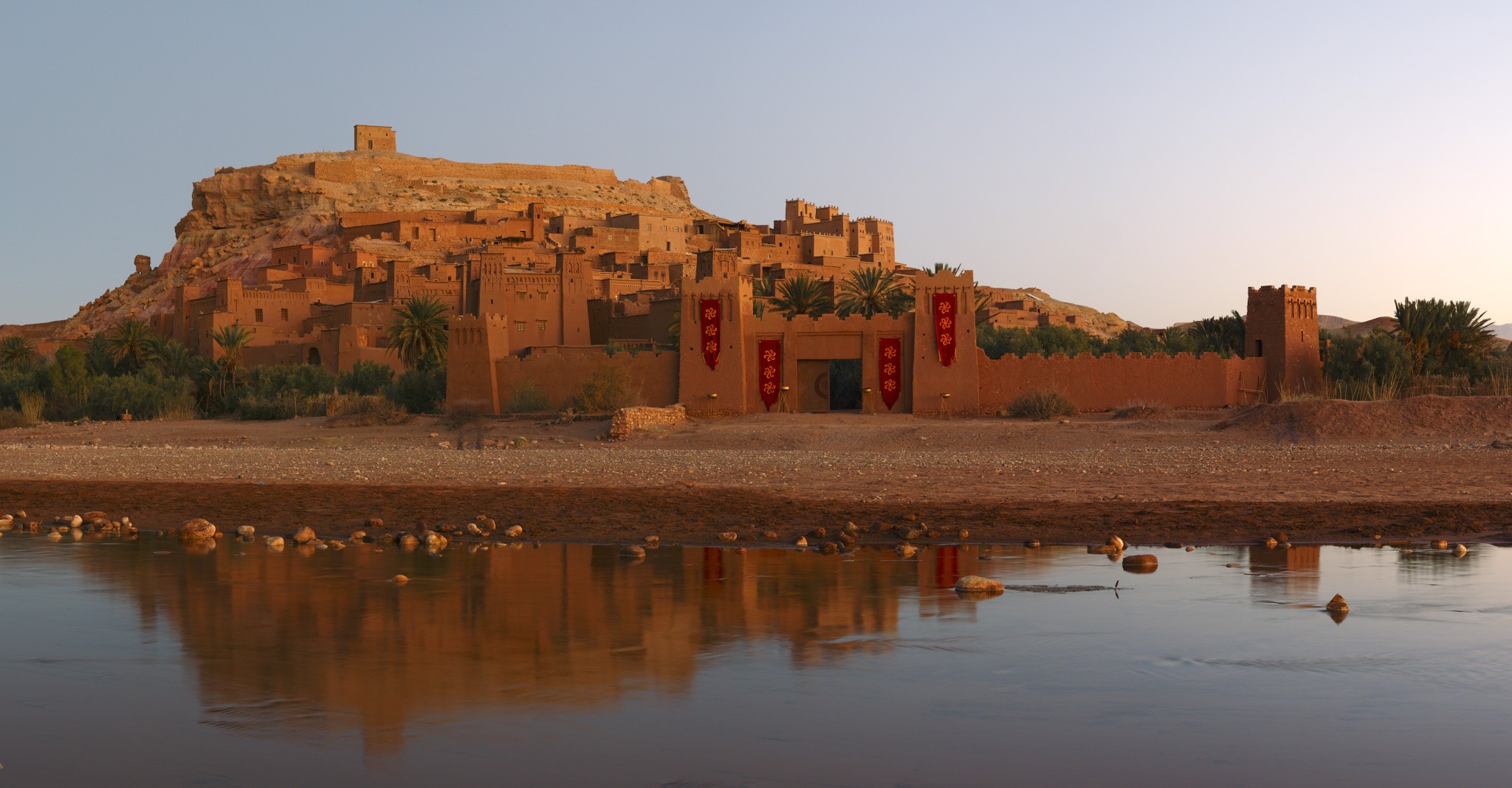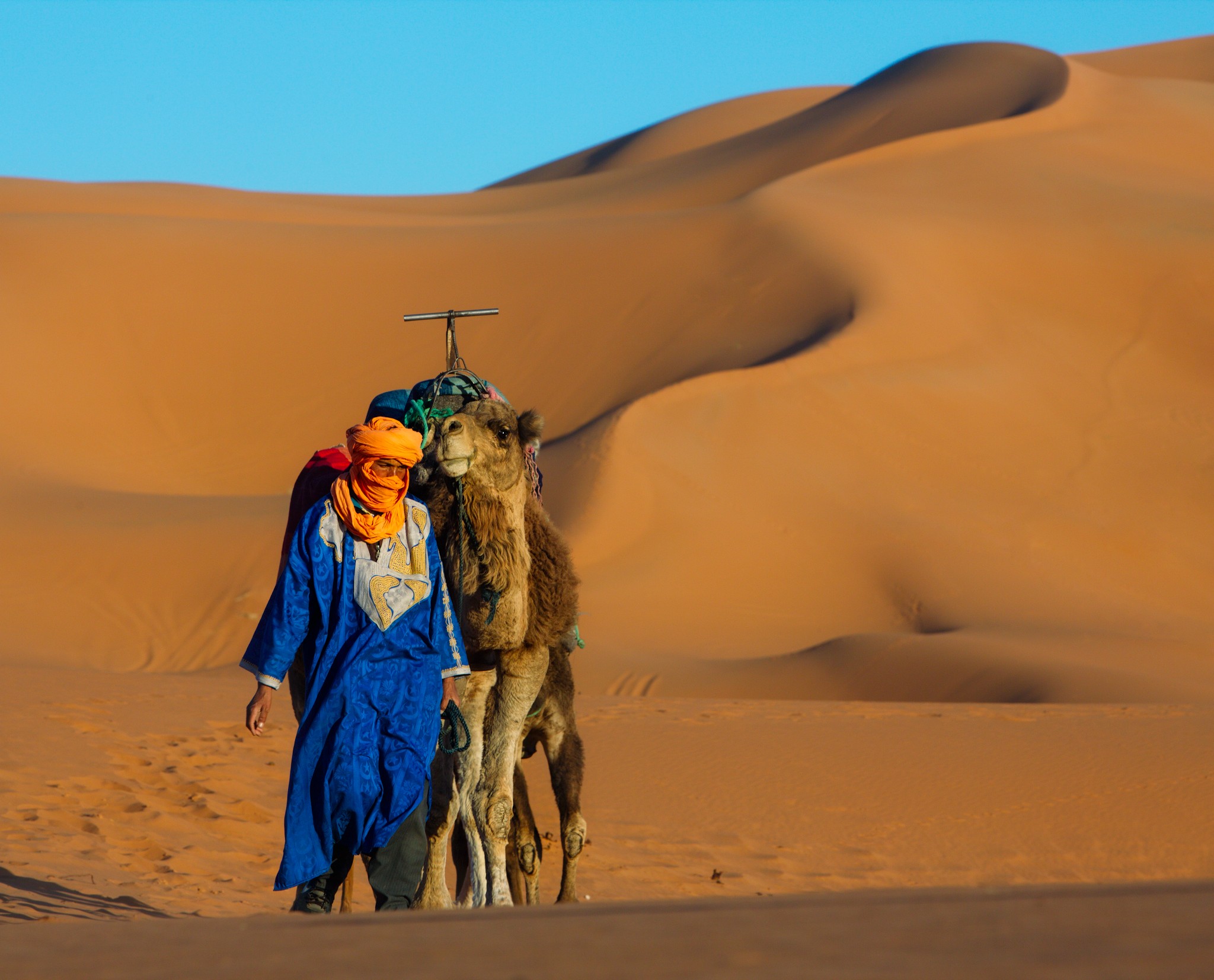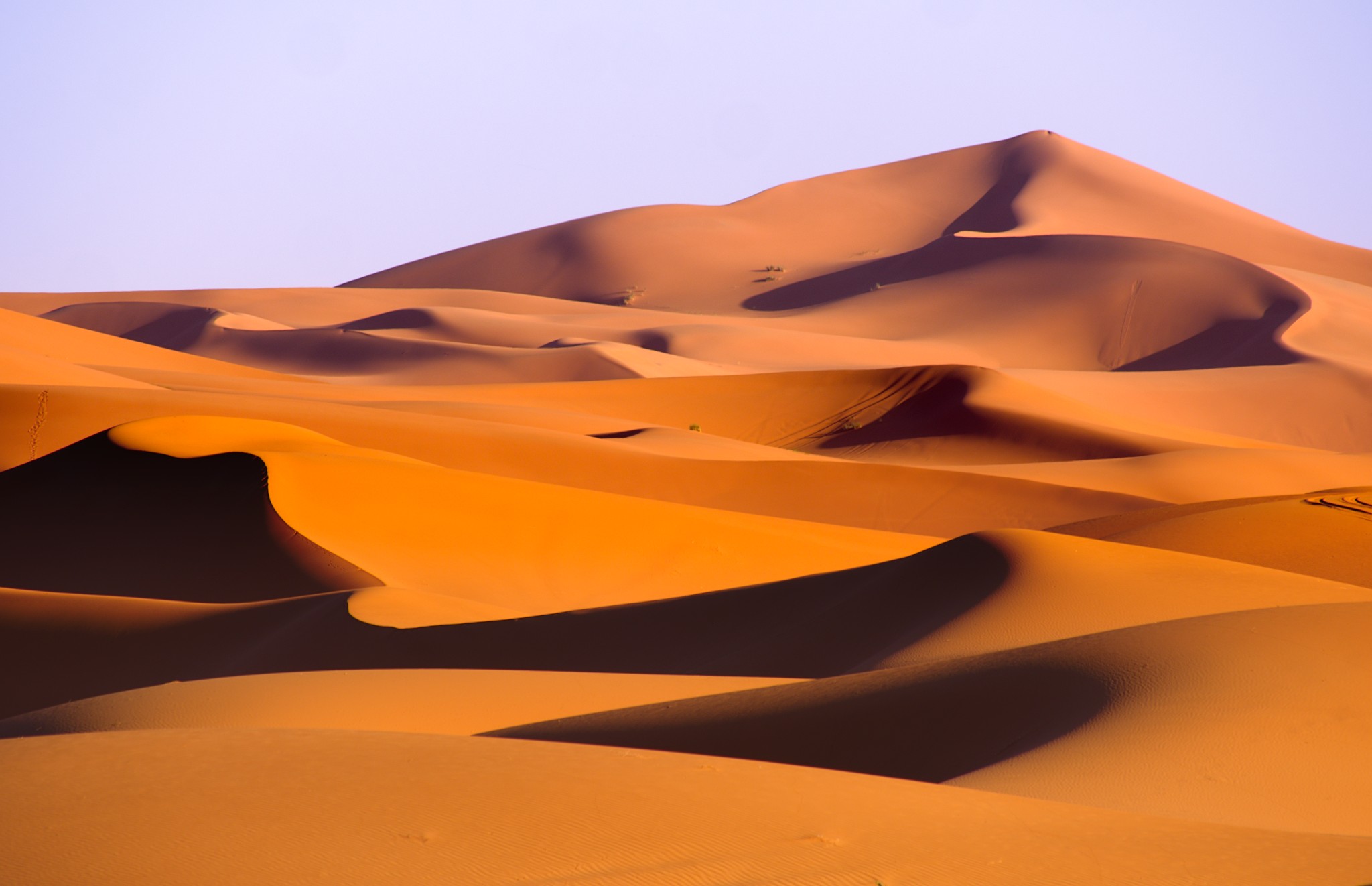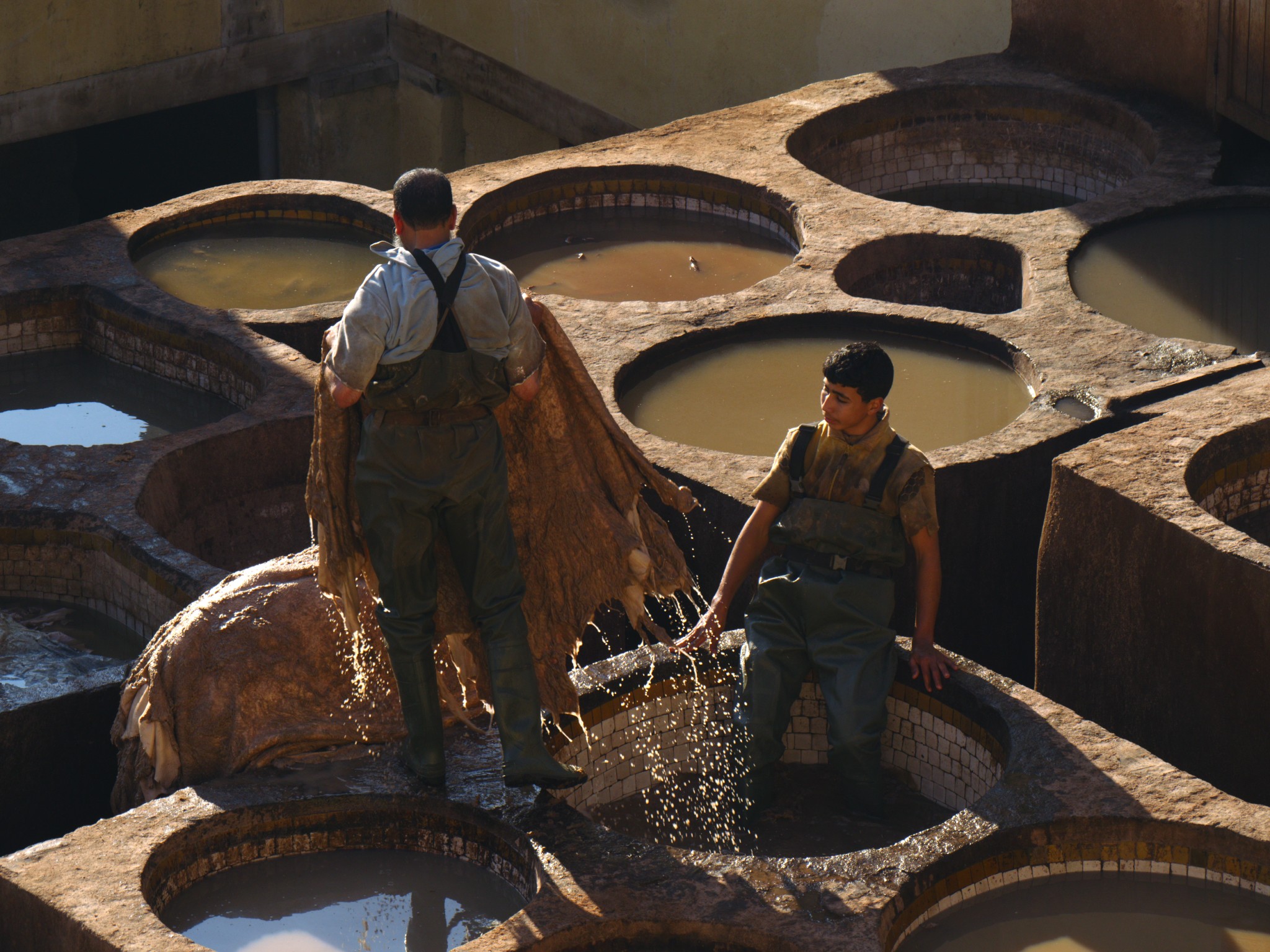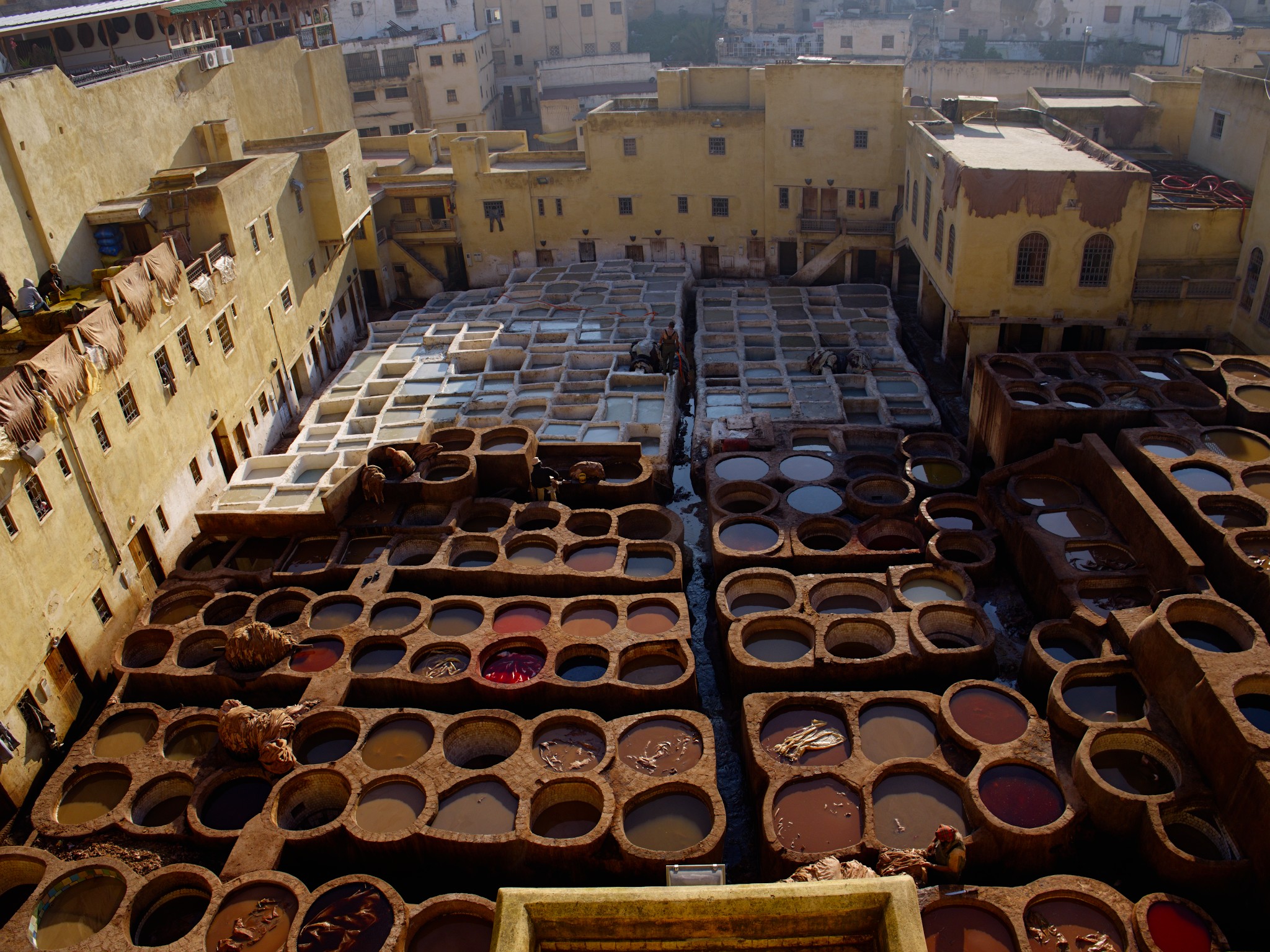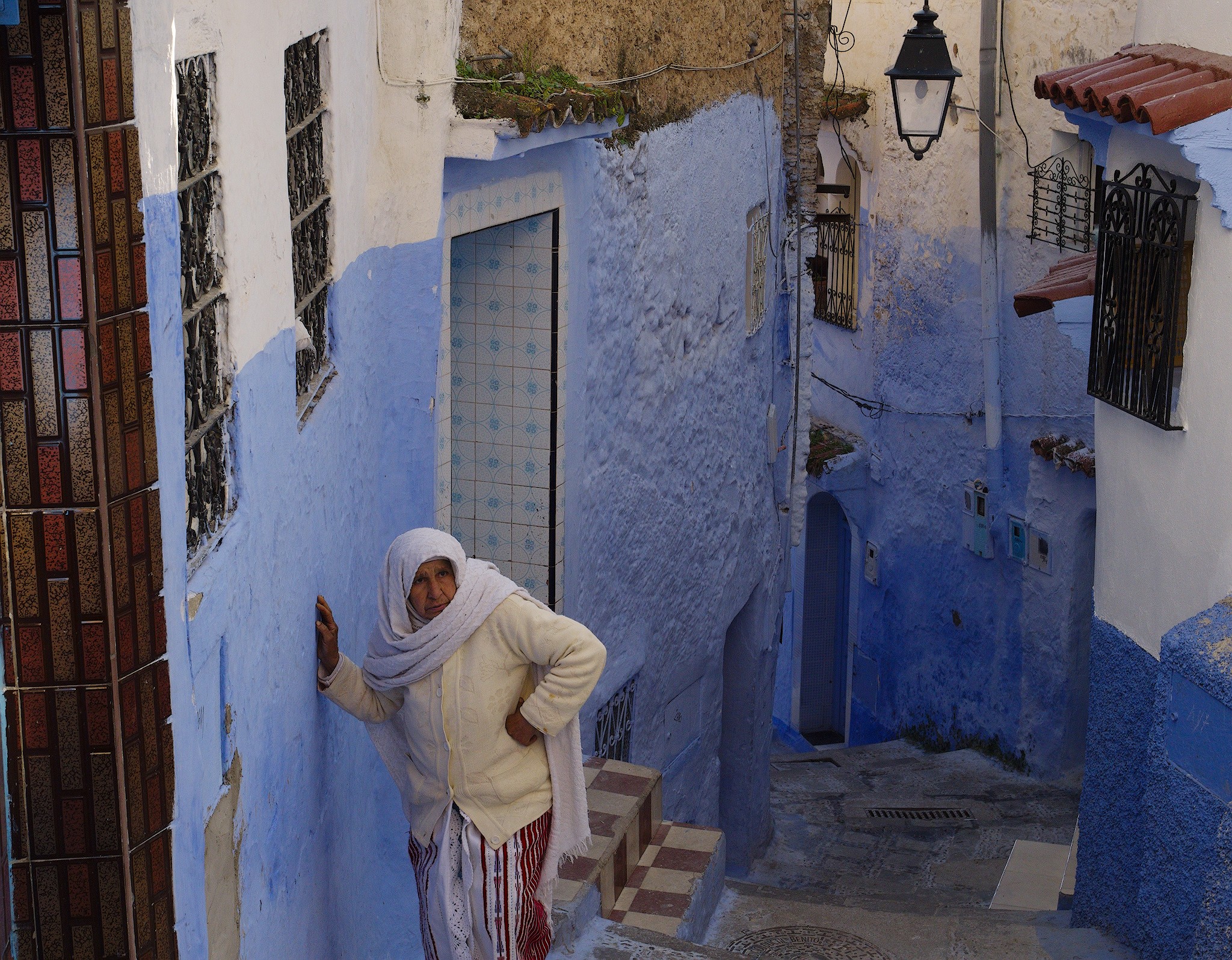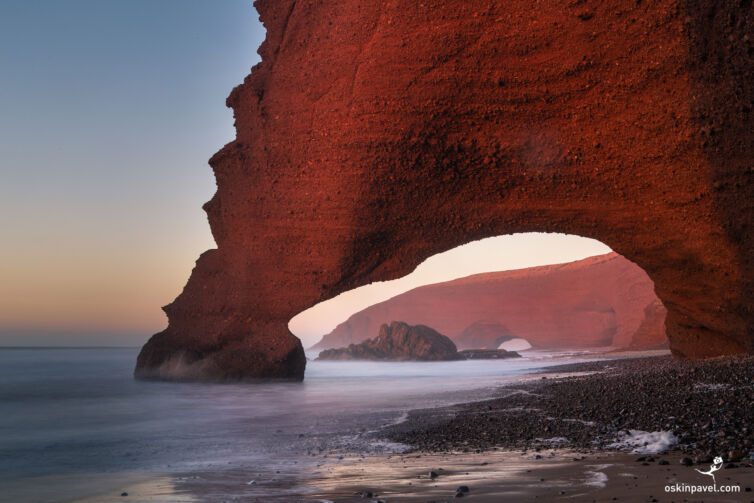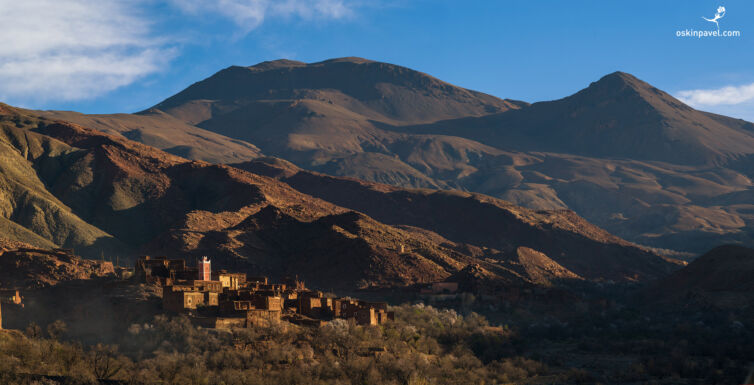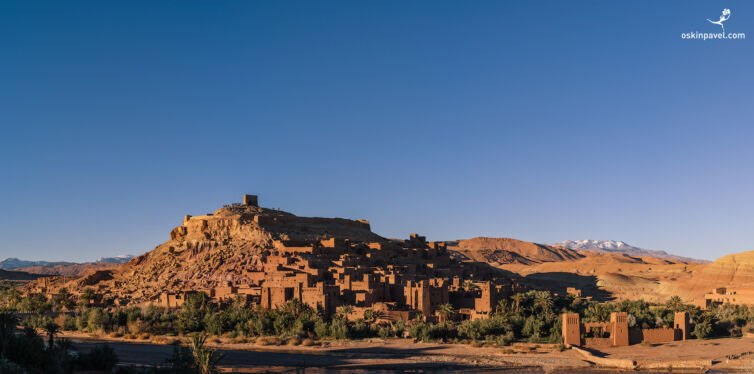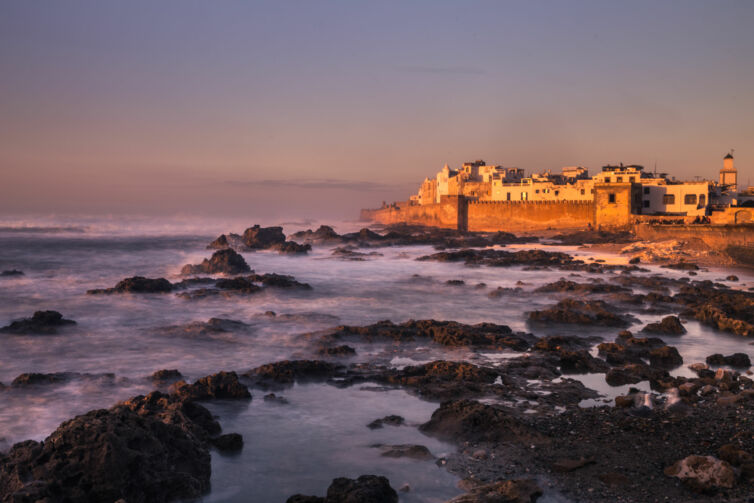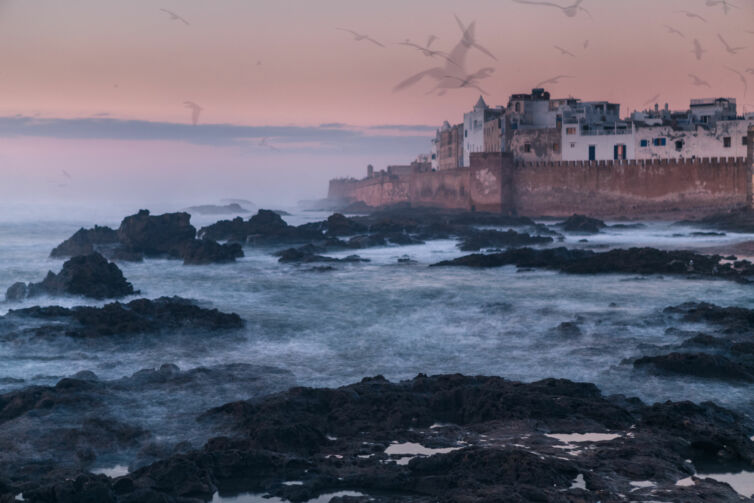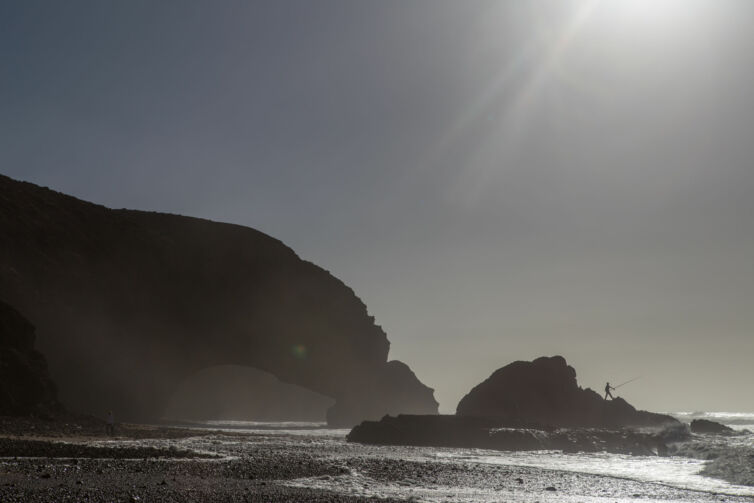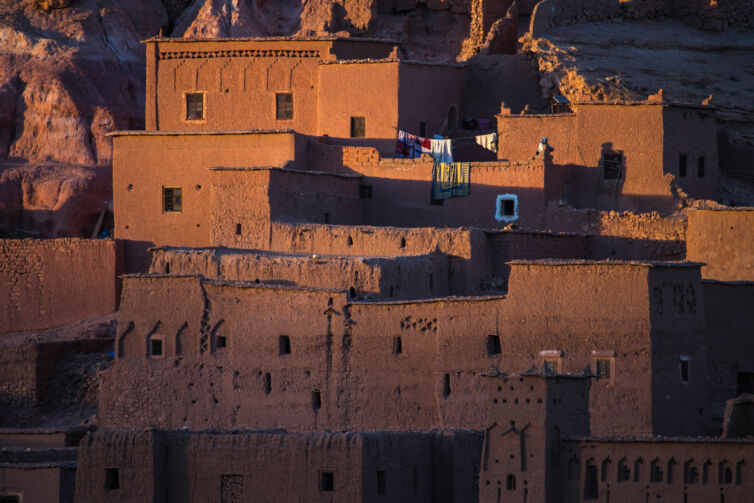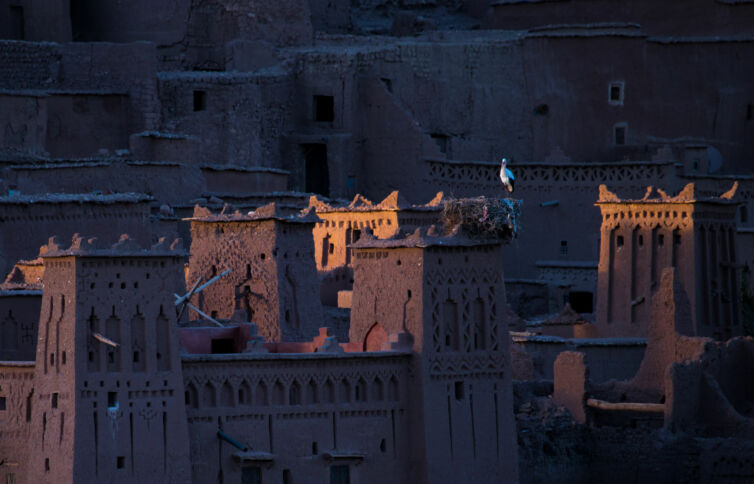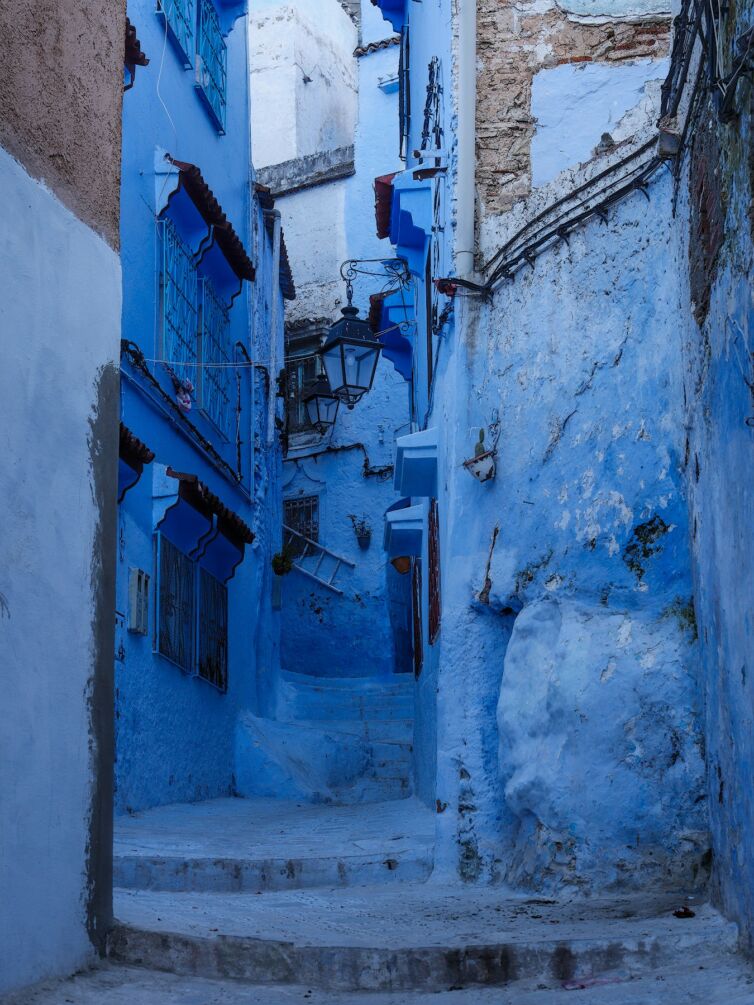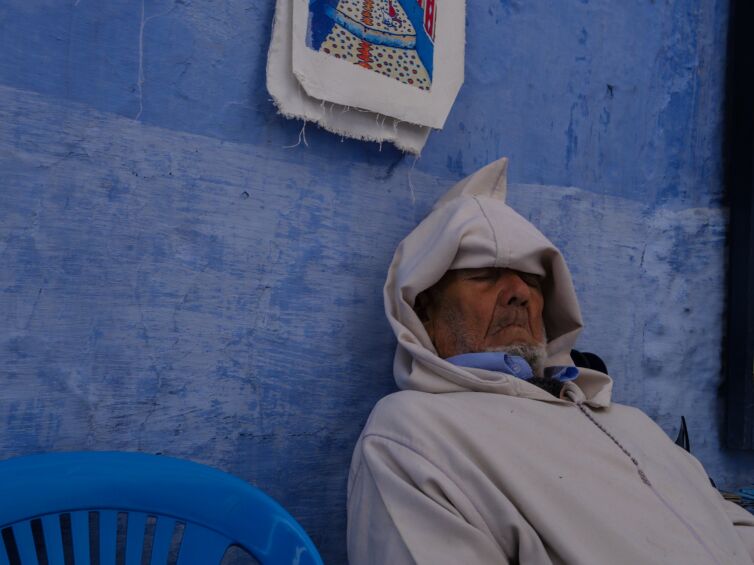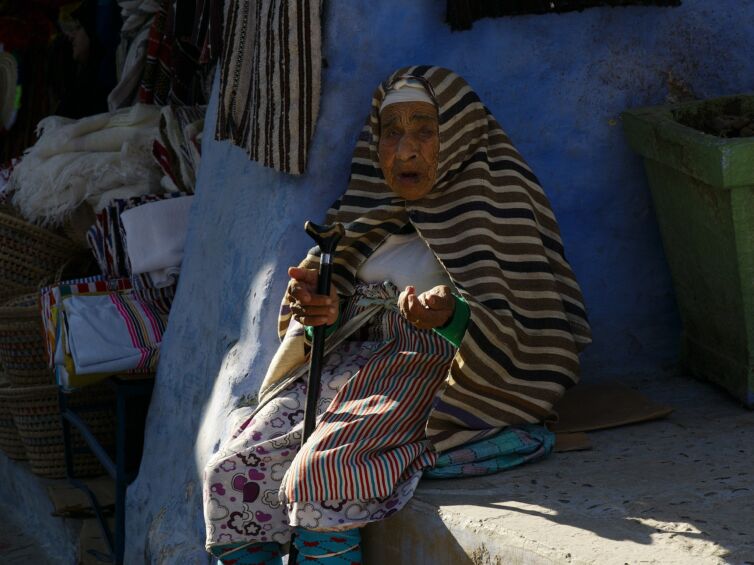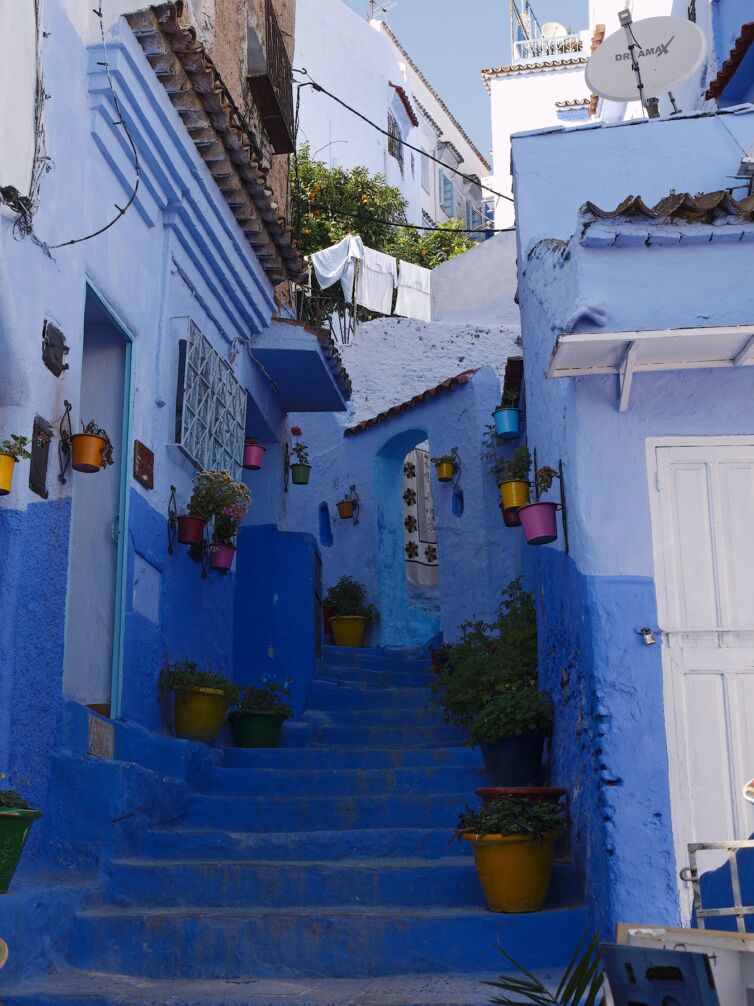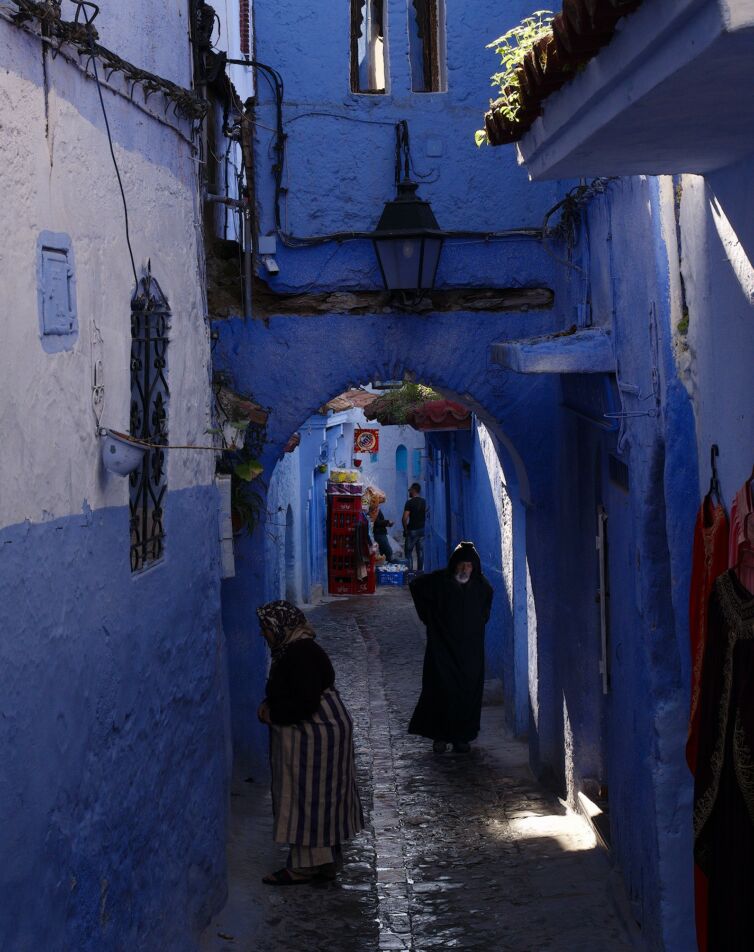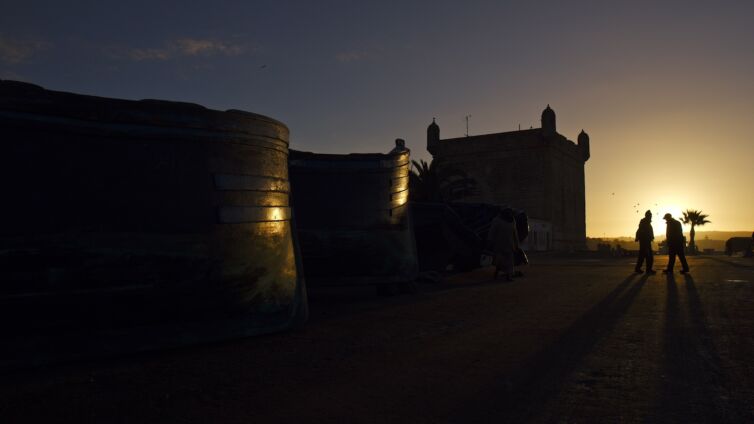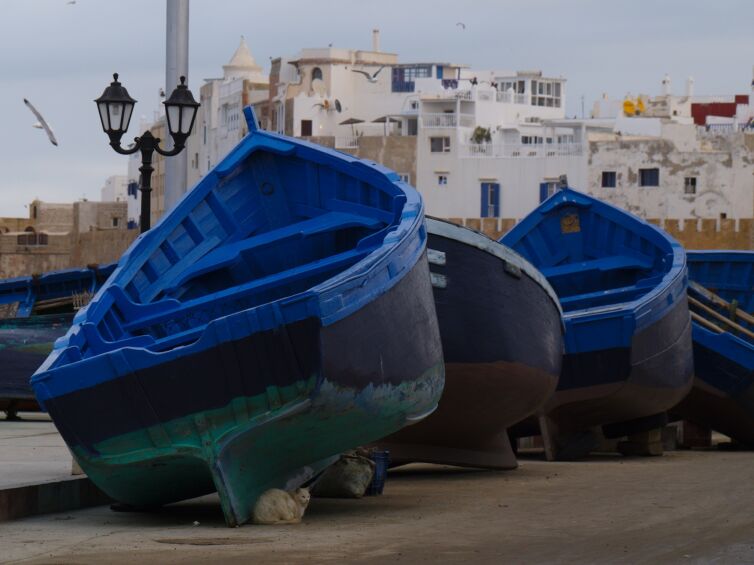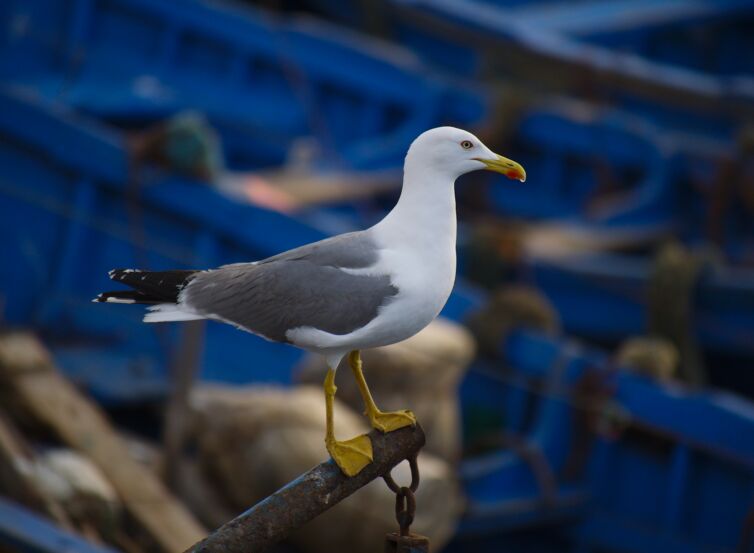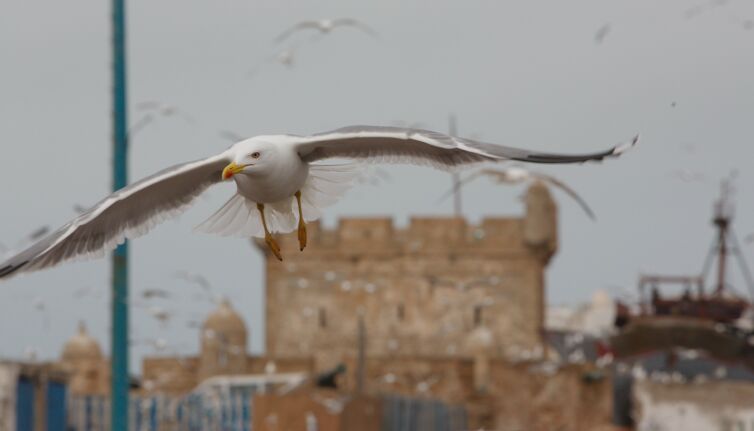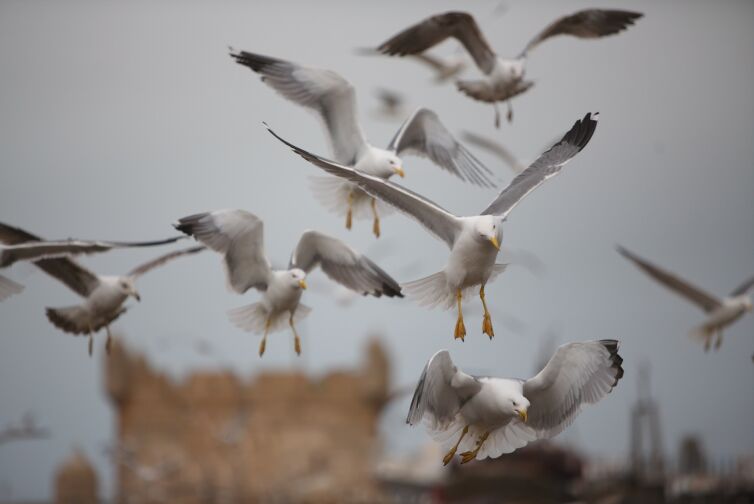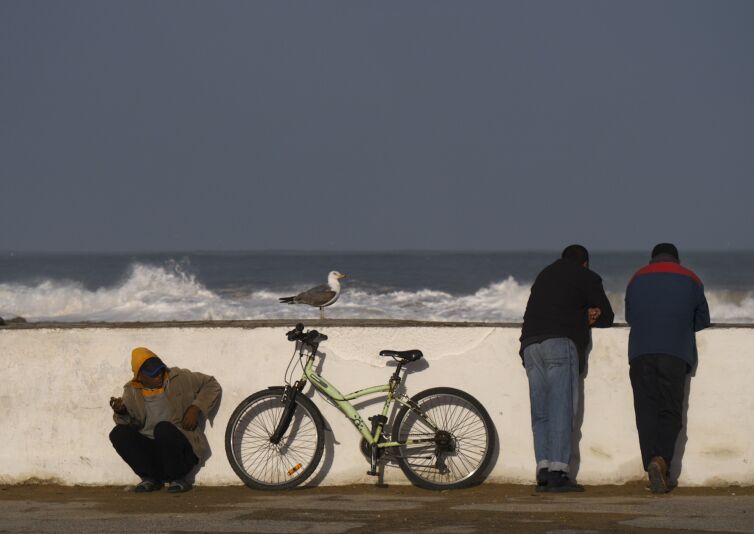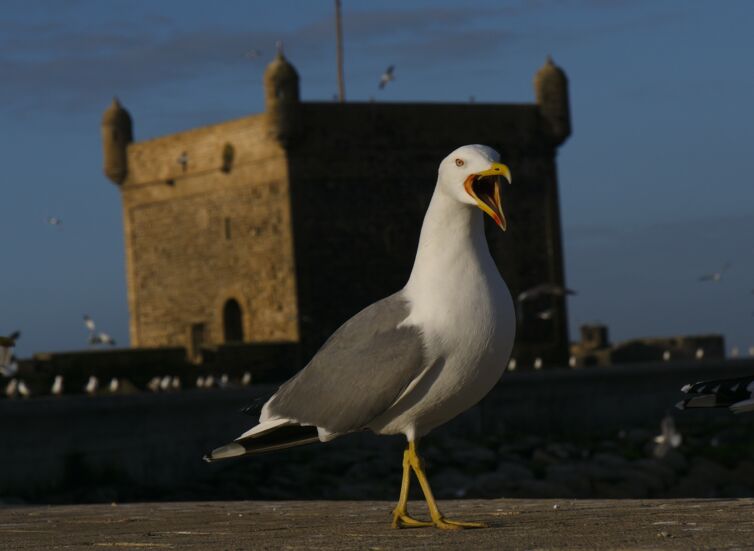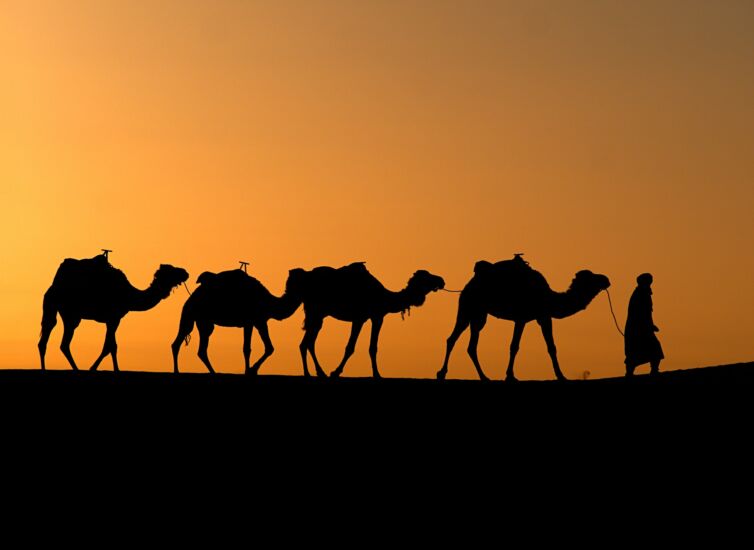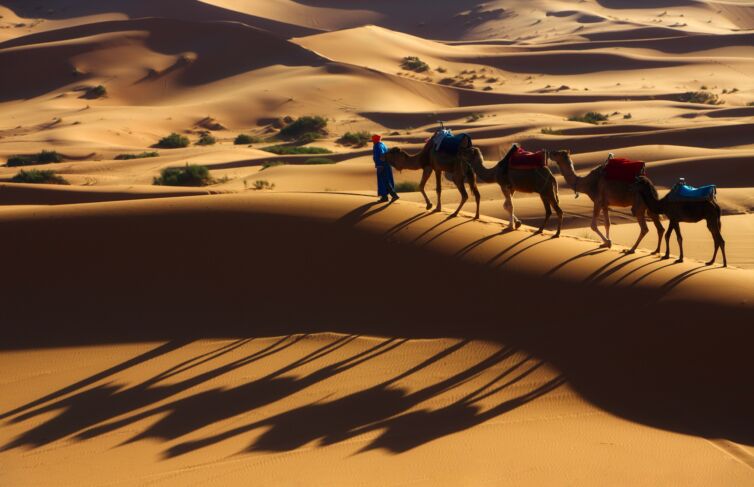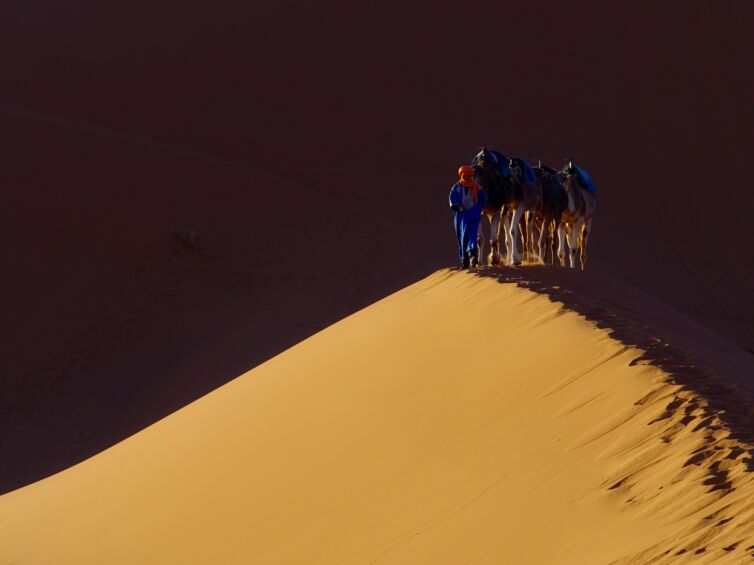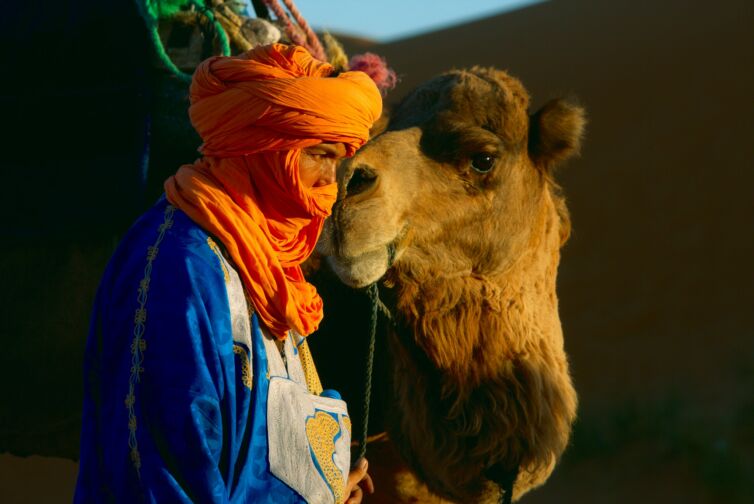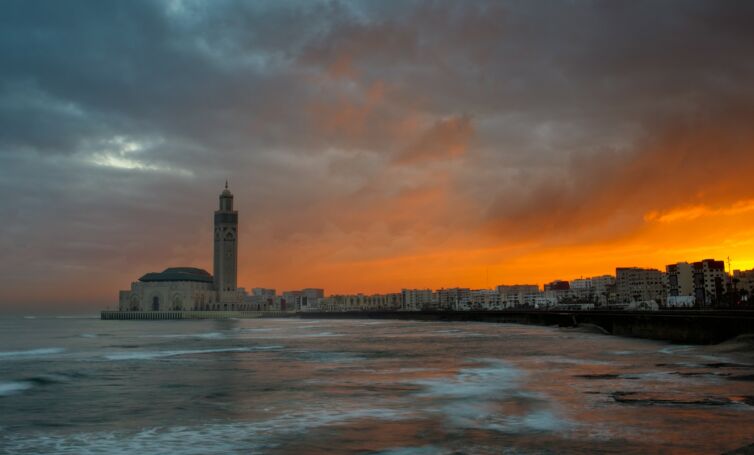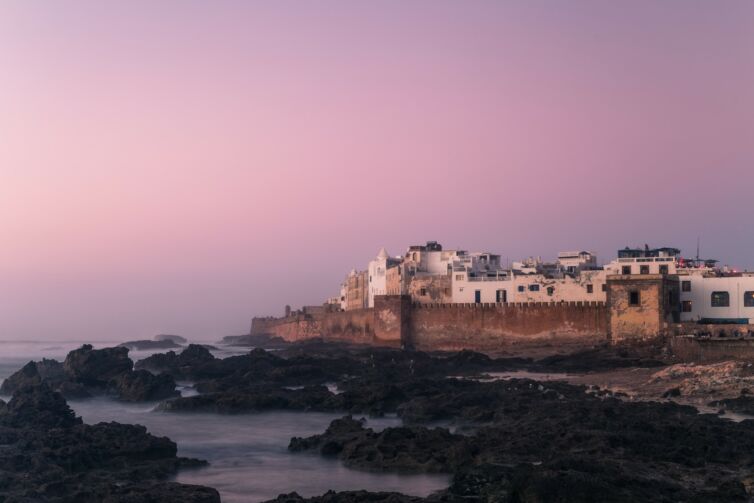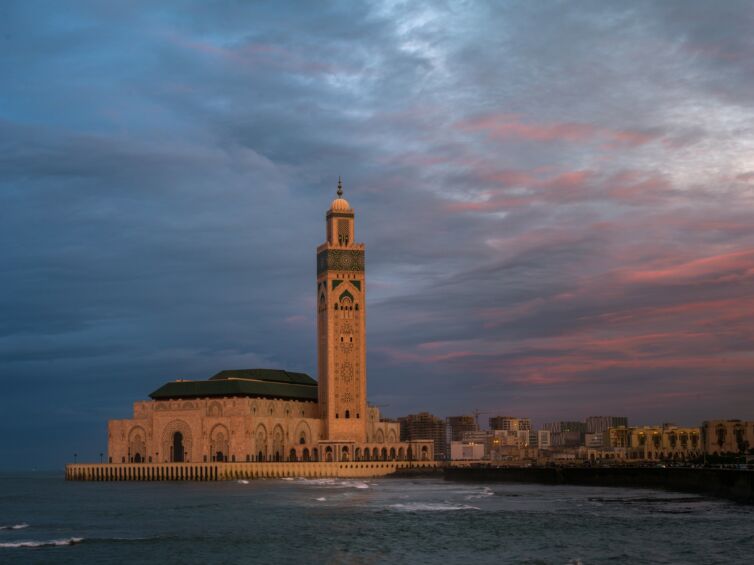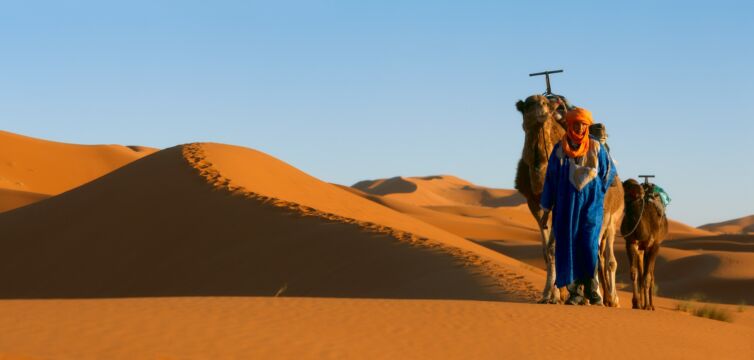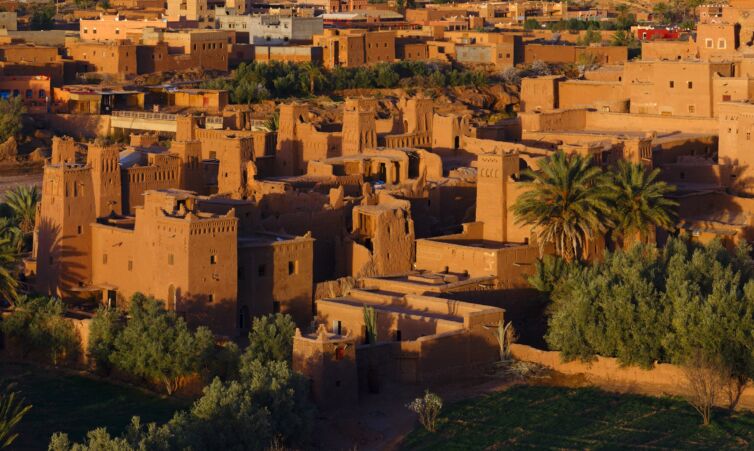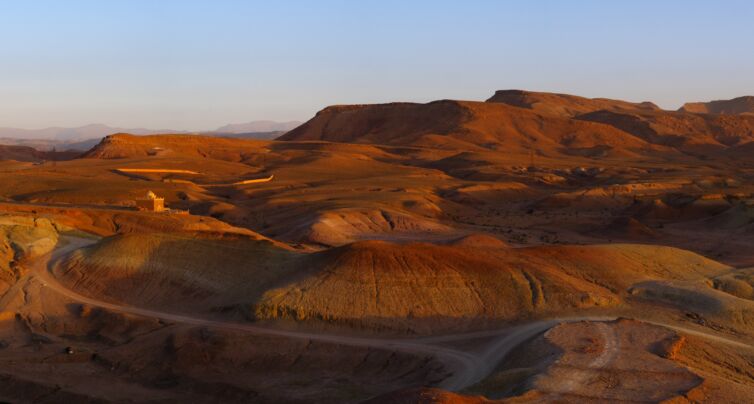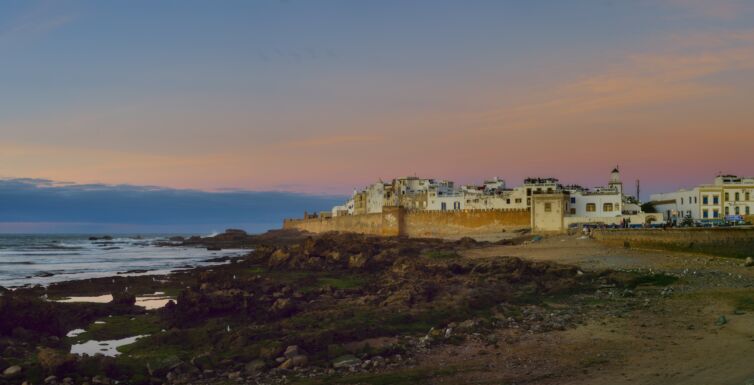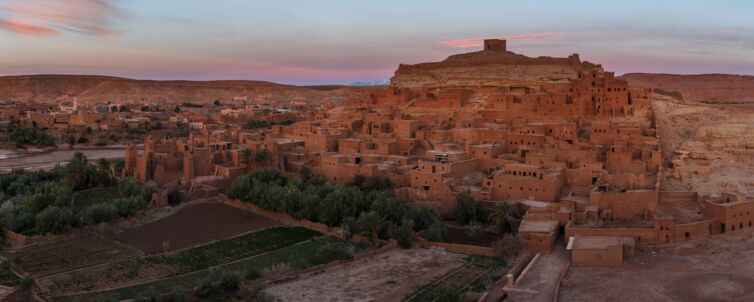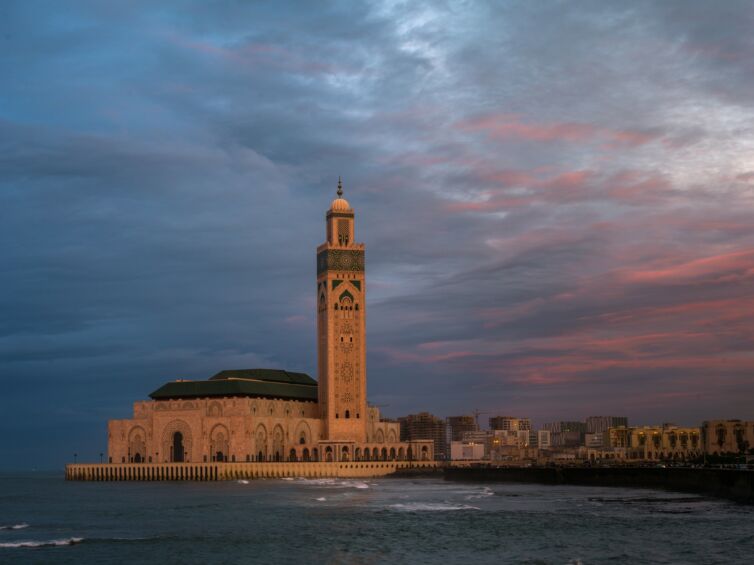Tour Plan
Arriving in Casablanca, the largest city in Morocco. We will walk in the medina, eat in delicious restaurants, and a sunset shoot will be at the mosque of Hassan II.
Beautiful palm trees lining its paths, with the Atlantic ocean over the horizon, and large business buildings in every corner : Casablanca is the economic lung of Morocco ; a bustling metropolis.
Modern infrastructures are in the middle of charming districts, between Arab-Muslim heritage and legacies of the colonial period. Discover all the possibilities : take a stroll in the medina, which is one of latest medinas built in Morocco, roam through the centre and its art-deco buildings, and join the Hassan II mosque ; the splendid of architecture built on the water.
The White city, Casablanca, is where culture and serenity activities blend seamlessly.
Transfer to Essaouira (370 km. 4 hours), the country’s most beautiful and colorful town, where we will spend two nights. We will stroll through its ancient streets, visit the old Portuguese castle and the legendary port. We will shoot a sunset overlooking the old town. Essaouira is perhaps my most beloved city in Morocco, the most beautiful, most European, cozy, and delicious. At sunset, it shines gold! There are a lot of tourists, but not critically. All life connected with the port, around the boats-breadwinners. And what gulls! I had never seen such an enormous number of agile predators. Oysters in the harbor in the morning, tasty and fresh!
Slow day in Essaouira. At dawn we will shoot blue fishing boats and morning tidal reflections.
Crenellated walls, special wind, houses with white and blue facades, Essaouira, the ancient Mogador is the “Bride of the Atlantic”.
It is one of those coastal cities where the unique atmosphere and water activities seamlessly blend. Walk quietly in the shade of its ramparts, the very ones that draw the contours of Astapor, the red city of the “Game of Thrones” series. Climb these walls and take the parapet walk, from where you can see the Purpuraires Islands, falcons, gulls and seagulls hovering above this nature reserve. On the other side, surfers, windsurfers and kitesurfers are taming the waves, taking advantage from the wind.
A walk can lead you to the fishing port where the sailors are active. Get to the fish market where to taste the fish and seafood caught during the night. In the centre of the city, the medina invites you on a discovery wander into its winding alley.
Drive to Marrakech (190 km. 2.5 hours). Walk through the old town and famous market.
Between tradition and modernity, Marrakech is the promise of unequalled sensations. Strolling the Jemaa El-Fna square and the souks with their shimmering colours and oriental smells, the red city offers you a complete change of scenery. Horse-drawn carriage rides, sunny terraces, travelling artists and other day and night activities will give a tates of wishful comeback.
You will be able to admire all the architectural richness of the Medina, upon visiting one of its many riads, small oriental palaces overlooking a beautiful patio. You can also relax and recharge at the Menara, a vast garden with an emblematic basin. Marrakech shower its visitors by its splendour and its diversity, you just have to leave the ramparts to be immersed in modern Morocco. The districts of Gueliz and Hivernage offer the most modern infrastructures, luxury boutiques and international ready-to-wear stores, airy avenues ; which all contribute to Marrakech’s unique offering.
Transfer to Aït Benhaddou (185 km. 3.5 h). Ancient clay fortress in which the «Game of Thrones» was filmed.
The ksar, a group of earthen buildings surrounded by high walls, is a traditional pre-Saharan habitat. The houses crowd together within the defensive walls, which are reinforced by corner towers. Aït Benhaddou, in Ouarzazate province, is a striking example of the architecture of southern Morocco.
Dawn shooting of the fortress. Excursions to Ouarzazate and Taurirt.
The tiny Moroccan town of Ouarzazate is a caramel-colored oasis set against a clear blue African sky. Be inspired by Ait Benhaddou, a beautifully preserved Kasbah that’s a UNESCO World Heritage site, or walk in the starry path of celebrities by taking a tour of one of Ouarzazate’s two movie studios. Tour the surrounding dunes on camel-back, or simply bask in the quiet bustle of the bargaining sessions at local markets.
Transfer to Merzouga (400 km. 5.5 hours).
Merzouga is a village in the Sahara Desert in Morocco, on the edge of Erg Chebbi, a 50km long and 5km wide set of sand dunes that reach up to 350m. We are here to take a camel safari into the dunes, and to get a taste of remote (tourism-influenced) Berber life. The local population is mix of Arabs and Berber, and generally welcoming and friendly.
Transfer to Fez (6.5 hours 460 km.) View road through the Atlas Mountains.
Fez is the oldest of Morocco’s imperial cities and has served as the country’s capital no fewer than three times throughout its history. It was founded in 789 by the first sultan of the Idrisid dynasty, although many of its most famous landmarks date back to the 13th and 14th centuries, when the city reached the height of its influence during the rule of the Marinids.
Today, it is one of the most authentic cities in Morocco, known around the world as a center for traditional artists and artisans. Fez is divided into three sections – the original old town, Fes el-Bali; Fes el-Jedid, built to accommodate the city’s expanding population in the 13th century; and the contemporary Ville Nouvelle quarter. Here are eight of the best things to do and see on your trip to this fascinating city.
Morning and afternoon walk in Fez, the oldest of the four imperial cities of Morocco, famous for its legendary oldest Medina and leather workshops. The skin here is highlighted manually for more than 1,000 years, transmitting finishing technology and painting from generation to generation. Unprepared travelers who went to the leather workshops remain at least under the impression of what they saw.
Transfer to Chefchaouen (200km. 3.5 hours).
Built on a mountainside, Chefchaouen is a city with a special vibes. It unique charm gives an impression of unreality. With its blue-rinsed houses, the whole city seems to be bathed in azure. You walk around as if you were in a dream.
More than just an ornament, the beautiful Chefchaouen brims with attractions. Its heritage is rich. The inescapable Medina with its famous narrow winding alleys, is an opportunity to mingle with the local population, and to smell and taste delights: from freshly baked bread, to skillfully prepared tagines. There is also the Kasbah which stands in the middle of the old quarter: its lush gardens, located in the center of the city, are a haven of freshness. Its museum which is home to a collection of old weapons, some photos of the city, and textiles, is a must-see.
Boasting its unique geographical position, Chefchaouen is a paradise for walkers. The paths of the surrounding mountains offer pleasant hiking activities. You’ll explore a new side of Morocco, that of the Rif mountain range, as you stroll them.
Gallery
Tour Price
Accommodation and logistics
Photo workshops
Air tickets
Food

